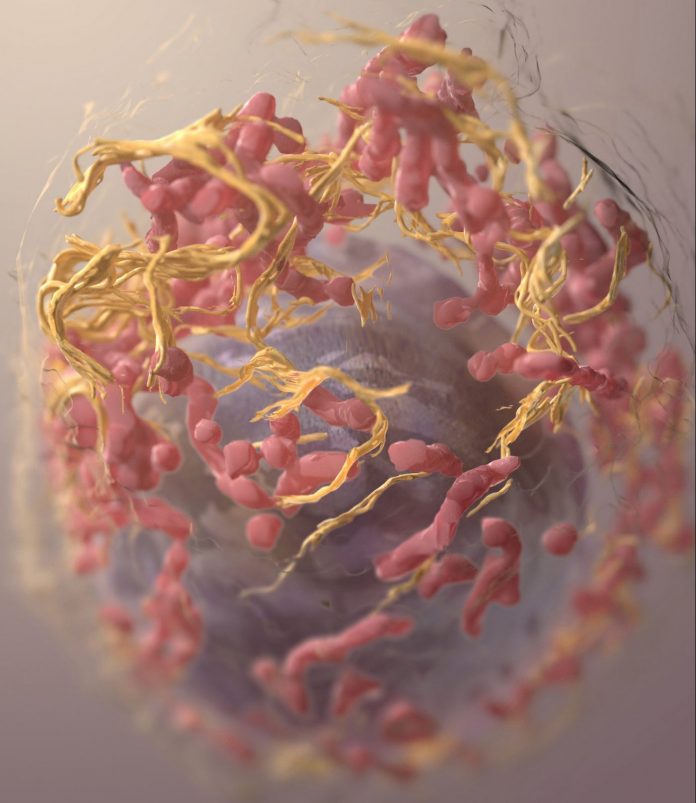
In a paper published in Nature Cell Biology, researchers at Sanford Burnham Prebys, led by Ze’ev Ronai, PhD, have shown for the first time that inhibiting a key metabolic enzyme selectively kills melanoma cells and stops tumor growth.
“We found that melanoma is addicted to an enzyme called GCDH, or glutaryl-CoA dehydrogenase, which is essential for its survival,” said Ronai. “If the cells don’t have GCDH, melanoma cells will die.” The team found that inhibiting GCDH in melanoma lead to changes in the NRF2 protein ultimately conveying an ability to suppress cancer. Their goal is to exploit this GCDH/NRF2 mechanism to discover to melanoma treatments.
“Looking at patient data, the one tumor type that stands out in terms of GCDH is melanoma,” said Ronai, explaining that people with low GCDH melanoma tumors do much better in terms of survival. “But If you look at other cancer patients, like breast, colon, or prostate, you don’t see that. Sometimes it is even the opposite.”
Ronai explains that NRF2 is a key protein involved in maintaining much of the homeostasis in terms of normal cell behavior. But it’s a double-edged sword. It can serve as an oncogene and help tumor development, and it can have the opposite effect and inhibit cancer. In this paper, he and his and colleagues studied the effects of GCDH elimination on several human-derived melanoma cell cultures and again in animal models. All studies showed that when GCDH is eliminated, NRF2 becomes a tumor suppressor, which they say is the reason for cell death in melanoma cells.
“Melanoma cells ‘eat’ lysine and tryptophan to produce energy,” said Sachin Verma, PhD, a postdoctoral researcher in the Ronai lab and first author of the study. “However, harnessing energy from this pathway requires cancer cells to quench toxic waste produced during this process. It’s a six-step process, and we thought the cells would need all six enzymes.” But it turns out only GDCH is essential.
“To the best of my knowledge, this is the first report to document how important this GCDH enzyme is in cancer and uniquely how it is specialized in melanoma,” said Ronai. Other unrelated studies of GCDH show that GCDH-knock out mice develop normally with rare neurological brain disorders. But when that mouse is placed on a high-protein diet, the mice die within four days. This is significant because some melanoma patients’ tumors are also low in GCDH.
“That to us suggested that GCDH is really important in some metabolic overload,” Ronai said. “We then theorized that tumors that don’t have GCDH—or if we could find a way to reduce GCDH—would also be more susceptible to a high-protein diet.”
The next steps of this research include two approaches: investigating whether a dietary treatment involving high-protein foods may benefit melanoma patients with GCDH-poor tumors while also developing GCDH inhibitors. The Ronai lab is currently working to discover small molecule GCDH inhibitors, and has identified early candidates. “We strongly believe this type of compound will be a very effective melanoma treatment without affecting the general environment because normal cells don’t care about GCDH.”













